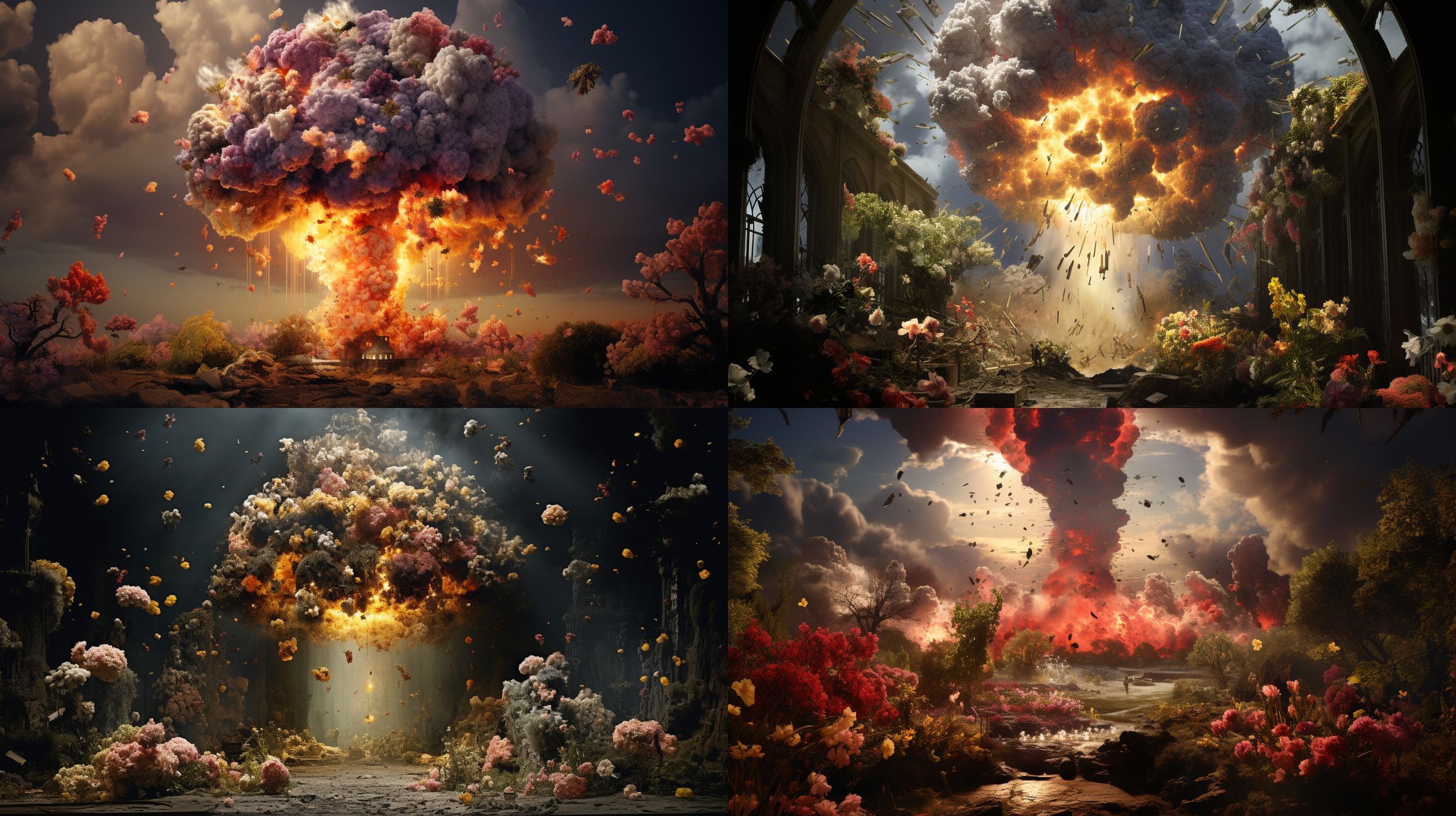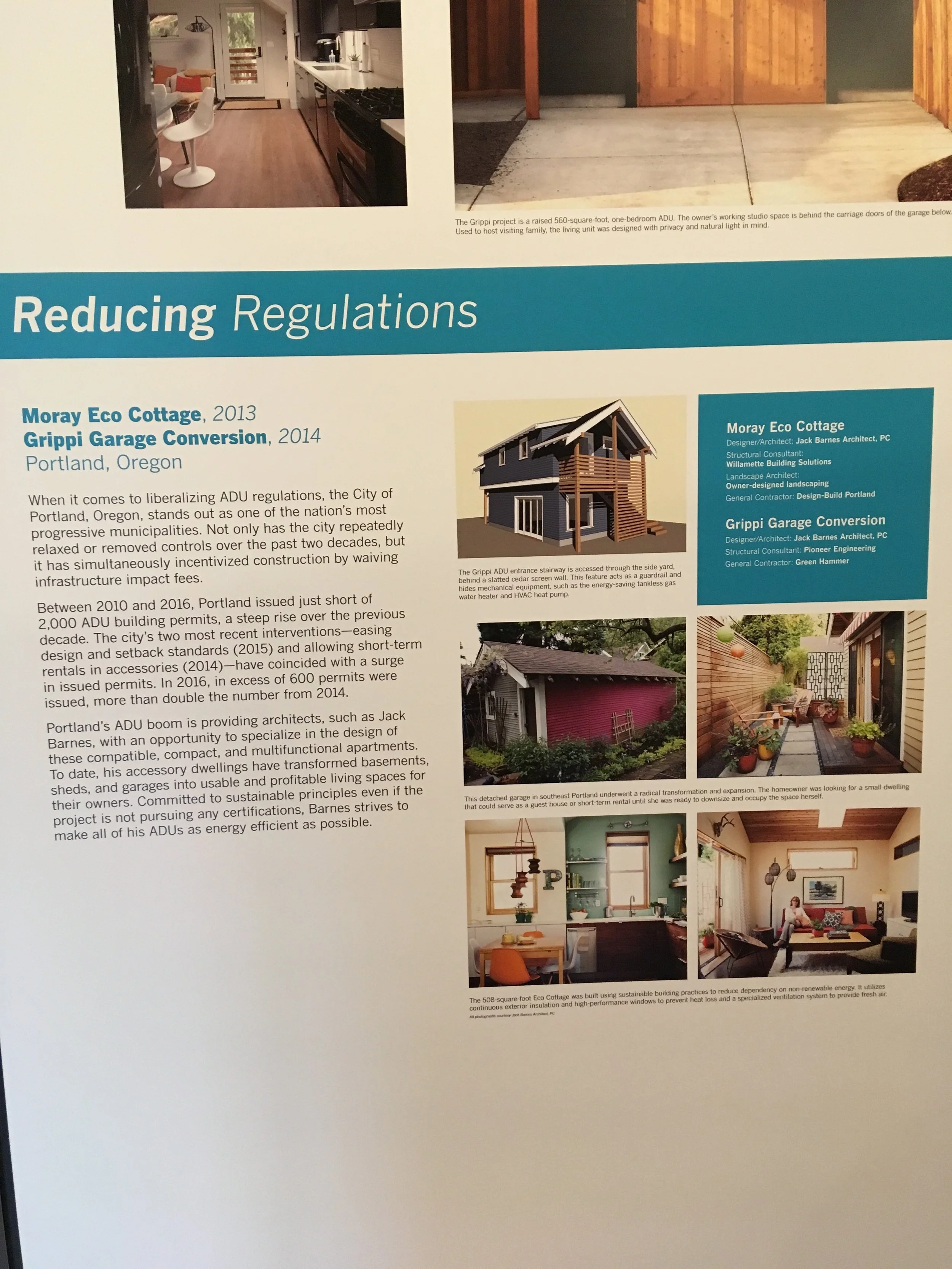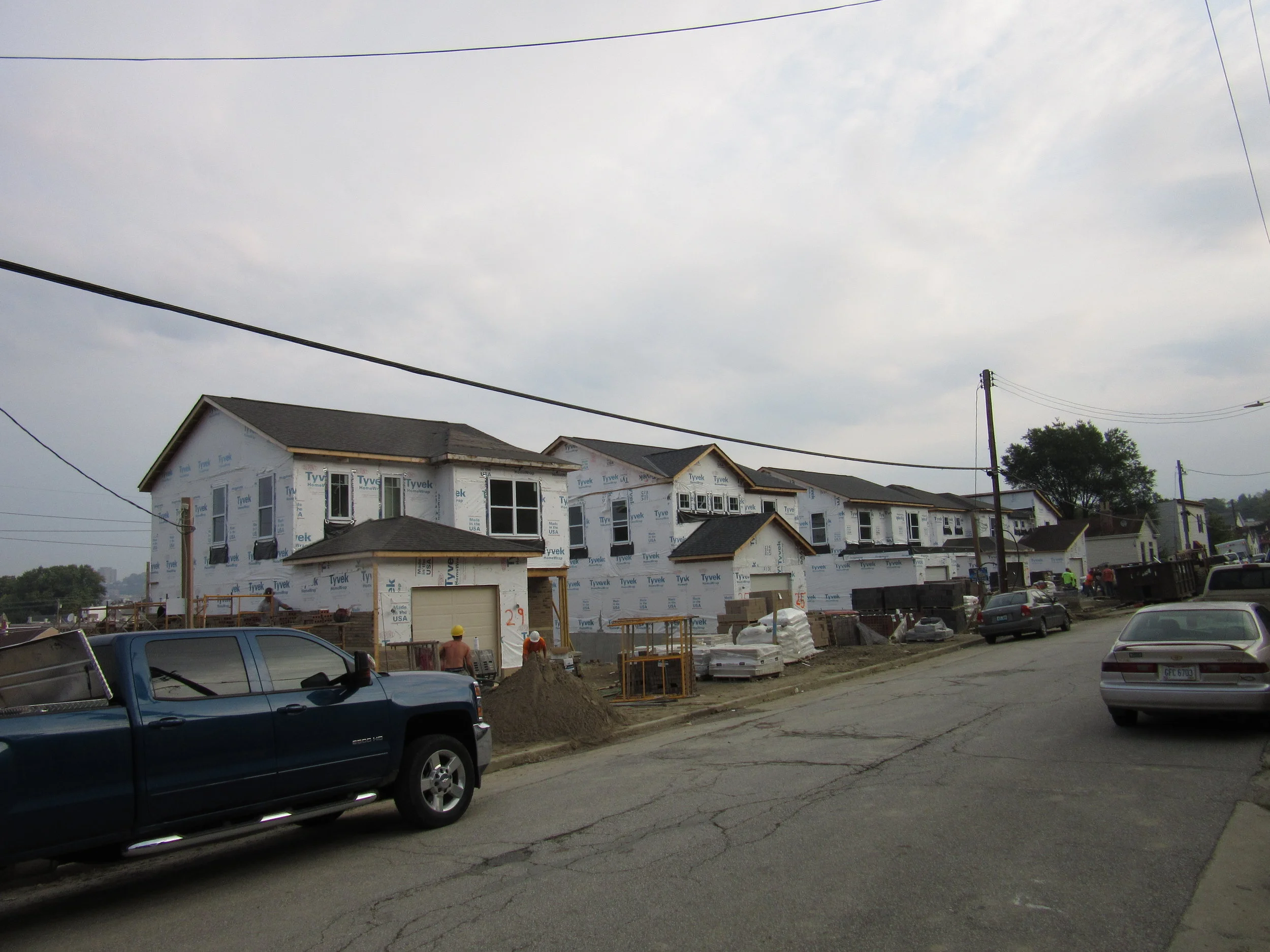Blog
How can community organizations and the City of Newport enhance quality of life and strengthen local connections and infrastructure? What actions, policies, or funding should be pursued at the government level, and which policies have the most community support?
In addition, we propose incorporating light industrial, commercial, and community-use buildings to enhance neighborhood vibrancy, generate local employment, and provide services that support long-term community growth and resilience.
After all the community engagement sessions and precedent studies, we dove into defining the types of spaces and uses West Newport wanted to thrive. We identified that the community needed more green spaces, more residential options, more commercial business, smaller scale industrial facilities and a community center. Let’s elaborate more, shall we?
Our focus in this post will be West Newport’s top priorities for change. These priorities reflect a desire for a safer, more vibrant and inclusive neighborhood with more affordable housing, ample green spaces, and better community resources. Let’s dig deeper into each of these together:
This community development project brought together residents, local businesses, city leaders, and regional partners to address these challenges in a way that strengthens and sustains the neighborhood. By improving multi-modal transportation options, enhancing public spaces, protecting affordable housing, and leveraging historic preservation tools, the project will support inclusive growth that benefits both current and future residents. West Newport is poised to become a model of equitable, resilient, and community-driven redevelopment—one that honors its past while building a vibrant future for all who live and work there.
In our everyday work, we are constantly designing based on what we know. The beauty of a hypothetical competition like this is the invitation to take on a design that may not work in our current world.
Covington Central Riverfront is a HAWT topic that everyone is buzzing about lately. Most of us know that the site was the home to the IRS processing facility for a long time, and unless you live under a rock – you’ve seen the demolition happen over the last year. But what you (and we) did NOT know was that:
Rather than a residential mono-culture of townhouse-style apartment units, the proposed City Heights redevelopment will provide a variety of housing types for the diverse population that calls the city home, everything from studio apartments to multi-bedroom single-family houses.
Though the public housing built in the 20th century addressed the problems of physical conditions, it did not alleviate the socioeconomic factors that led to these problems in the first place, and in some cases, made the problems worse through physical isolation.
The need for an outdoor market is becoming more and more of a necessity thanks to the ‘Rona. During these unprec**** times, people have begun embracing outdoor markets as a place where they feel safe enough to gather and see other people as well as getting their produce. The outdoor space feels “safer” than the cramped Kroger aisles and the location increases accessibility.
So, since we are suffering from cabin fever over here – we came up with this crazy idea during the great quarantine of 2020. Hear us out:
A good city should be like a good sandwich.
Did you know, on average, 90% of our day is spent indoors? Why not spend that time in a space that works for you? The profession of interior design is an often-misunderstood discipline as one that is just superficial decoration. Critical to the planning and creation of interior environments that are safe, healthy, and functional, the practice goes far beyond that
The key is creating diversity and density of uses that meet local needs and create a connection to the adjacent communities. In all cases, connection to the community – both physical and psychological is very important. Designers are opening the inward focus of the malls to create appeal to the exterior community. Knitting the site back into the community by providing civic life/center frequently absent from suburban development. Ironically, often redevelopment involves introducing street grids to mall sites to restore the urban connection to surrounding neighborhoods, and as with so many parts of our communities, connection to transit is key.
Do you want to know more about some of the ideas we’ve referenced in this housing series? We’ve cultivated a good list of links, that you can use to learn more! We also want to know what you thought of our housing discussion, please comment, like and share!
There are a lot of ways that affordability can manifest itself in the architecture of our homes. The first step is reconsidering zoning laws that restrict a more comprehensive and broad approach.
“We can’t forget that housing is a human right. Houses are not just for sale. Houses are for people, and we have to think of them first.” – Tatiana Bilbao
This increase of wealth relative to the supply of housing is a key cause of gentrification. Locally, demand and investment have spurred interest in OTR. In 2002 there were 3,235 units of affordable (30% AMI) there. In 2015, that number was reduced to 869 (Community Building Institute). Currently, average rents in OTR for 850 square feet are over $1,600 per month and rising.
The point is not intended to discourage new housing development, but to avoid a crisis in housing where what is provided is out of reach of most of the community. These considerations are important issue for all of us.
It is important to have some understanding of the framework in which housing is designed, constructed, accessed and occupied in order to address housing problems.
In this new period of urban renewal, it begs the question, “What is the architecture of our time?”
We believe the guidelines essentially guarantee a false and bland uniformity by describing the restrictions in such detail that all designs will be essentially the same. There's a reason buildings looked the way they did in the 19th century. Aren't there different opportunities in the 21st? Our cities are living organisms, not period backdrops. New construction should proudly claim our point in history.
























There are four potential sites for the Heritage Bank Center on the table. All but one moves that arena away from the beloved riverfront location. Let’s dive into each of these more.